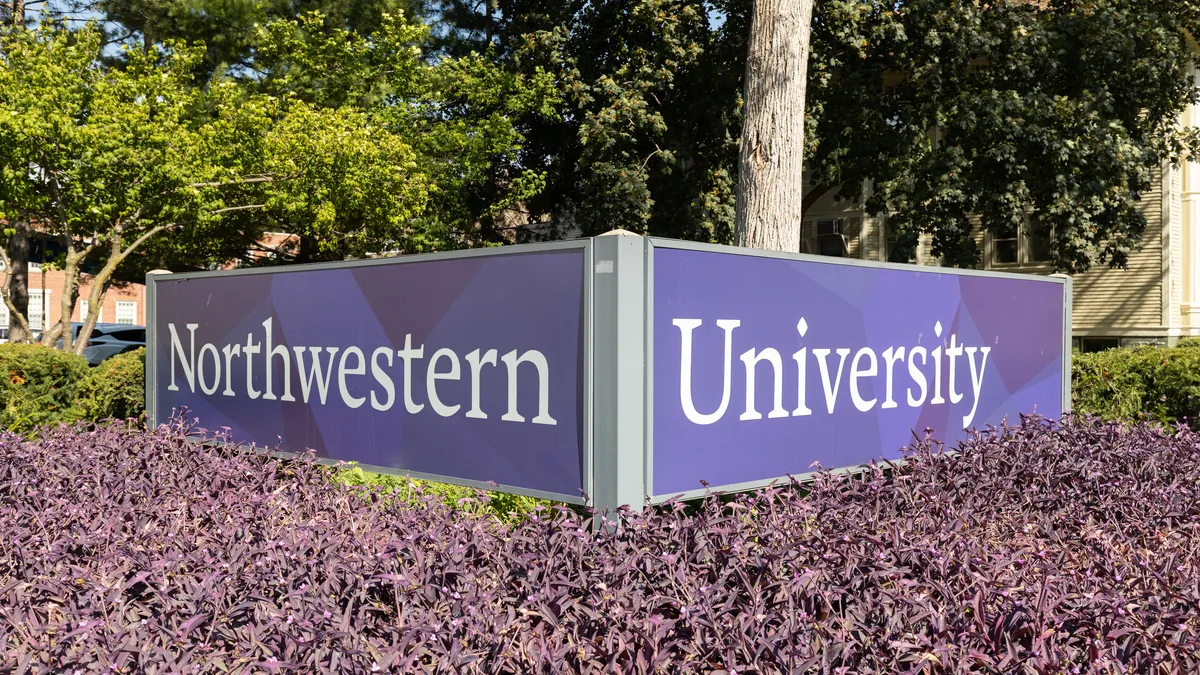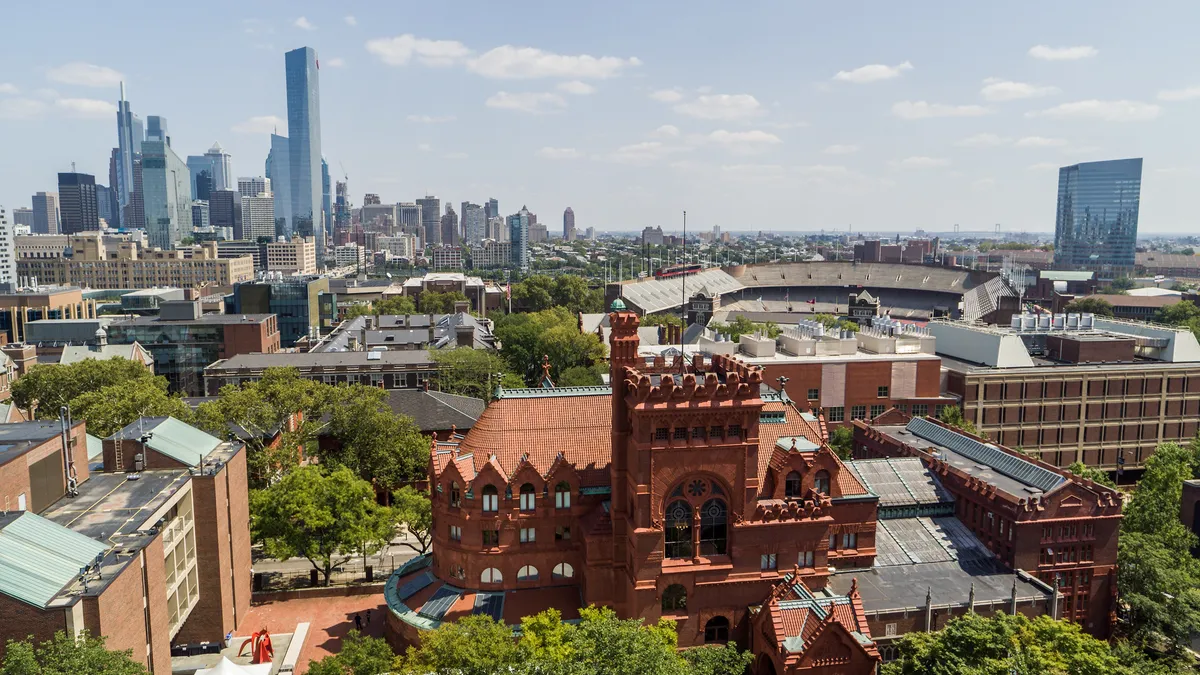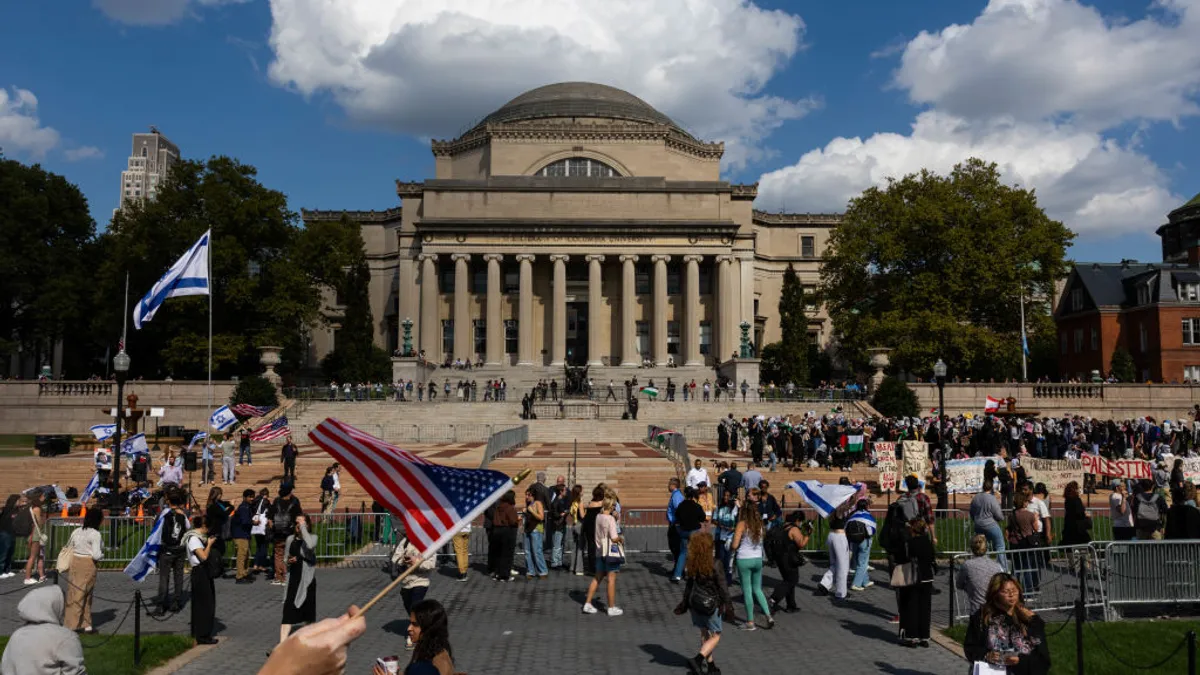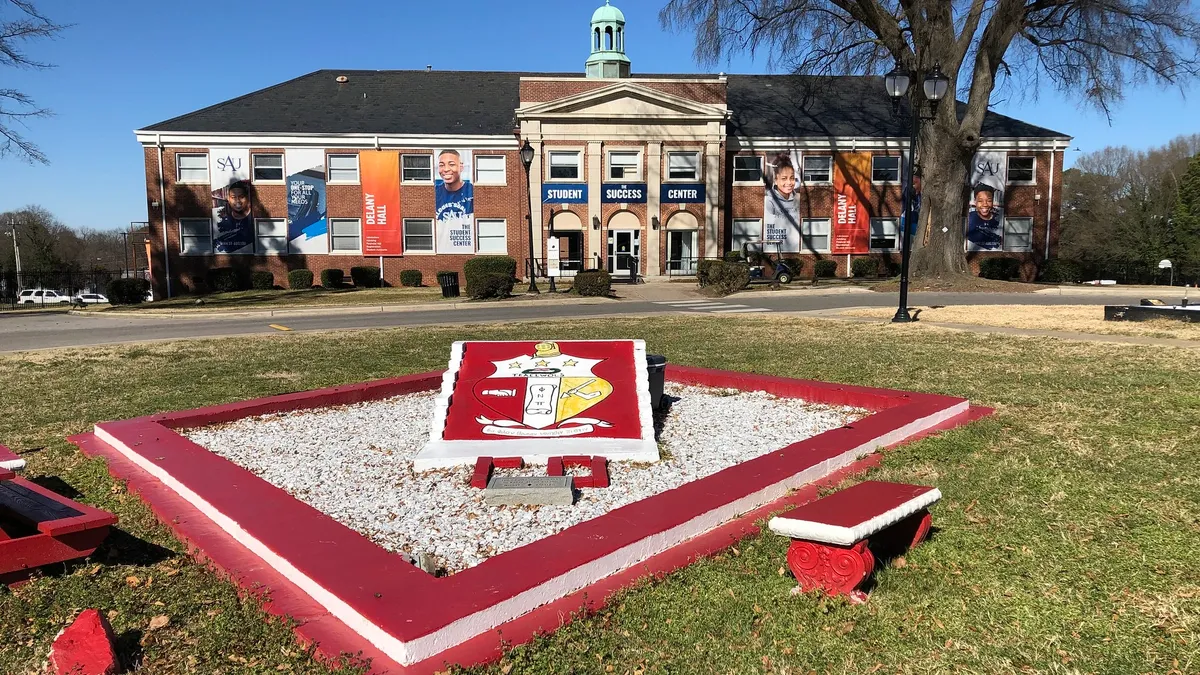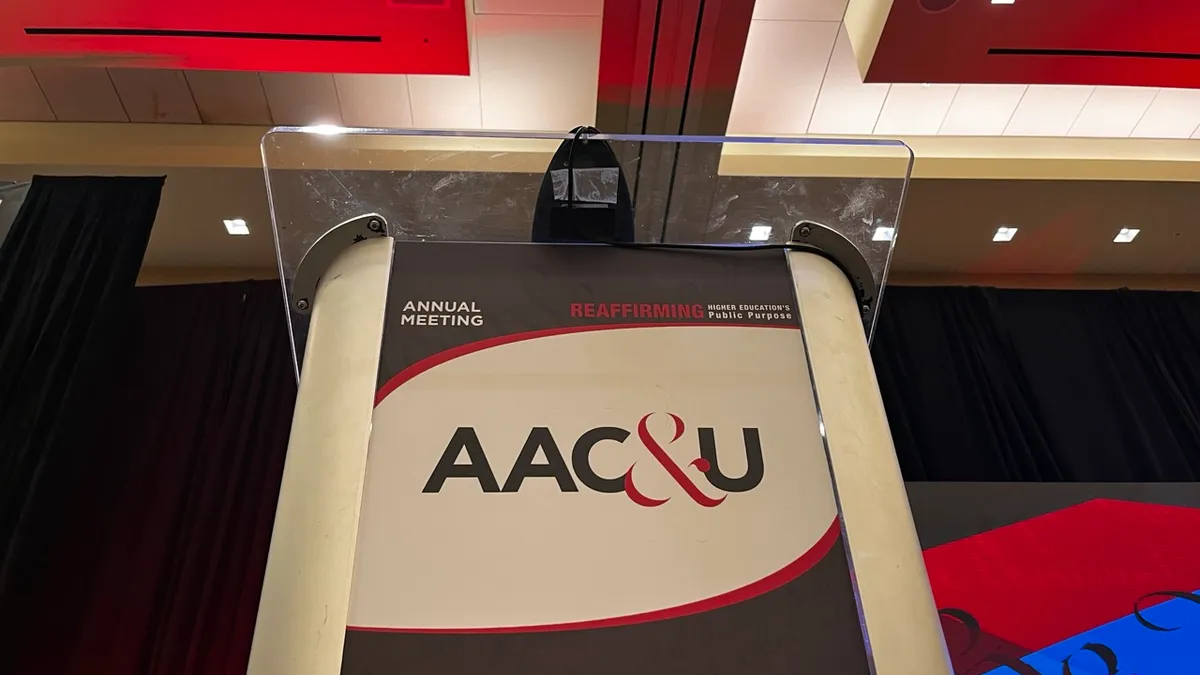Adam Weinberg is the president of Denison University, in Ohio.
Over the last several weeks, it has become clearer what the post-COVID-19 higher education landscape will look like. The trends that will shape the sector's future are not new. But the pandemic has accelerated them.
Trends are like water. As they run faster, they cut deeper and in unexpected ways. Here are five that COVID-19 has given momentum to.
Growing technology use
The pandemic caused many institutions of higher education to turn to e-learning platforms out of necessity and a sense of urgency. This is just the start. Technology will continue to play a role in classrooms.
College administrators have found ed tech and are seeing how the technology being developed can enhance university operations, including how health concerns are addressed, textbooks are delivered, communication happens, employee benefits are managed and even how internships take place.
Enhanced student choice
Students are demanding more options. This starts with the rise of new academic programs in technology-related subjects. But the more interesting change is the expansion of choice in how students take classes. Technology creates new ways for courses to be delivered. The words hybrid and HyFlex will become common across higher education, which means courses will be offered in a wider range of formats. A single course may be offered in multiple formats, with students having the option of coming to a classroom, watching a livestream from their homes, or even taking the course on their own time.
Technology is also allowing nontraditional players to find a role in this emerging landscape. The advent of Google Career Certificates, alongside the strides made by companies like 2U and Guild Education to create ways to work and earn a degree, make it clear that choice in what someone studies, how they study it and which institution they study it from are going to rule.
Pressure to lower college costs
The pandemic has laid bare the inequity that is woven into the nation's fabric in ways that are impossible to ignore. Along the way, COVID-19 and this moment of racial reckoning have shifted the political discourse. There is a growing realization that the status quo is unacceptable.
This shift in the national mood has provided an opening for schools to make college more affordable and accessible.
We're going to see more public institutions, particularly community colleges, offer free tuition. Larger state schools will find a way for students to graduate debt free. Ohio State University recently announced it intends to be the first public university to offer a "zero-debt" bachelor's degree "at scale." Other public universities will likely follow.
Meanwhile, selective private colleges with large endowments will use them to increase affordability by first shifting to meet the full demonstrated financial need of every student and then moving toward financial aid packages that don't include loans.
At the same time, there are hundreds of very good private colleges with smaller endowments that are struggling for enrollments. The discount rates they offer students will continue to increase, leading those colleges to give out more merit aid as a yield strategy.
The above combination of factors means the price of higher education will decrease for many students across the socioeconomic spectrum. This is a hugely positive outcome. Although U.S. higher education is of high quality, too often it is inaccessible to those who need, want and deserve it.
Focus on preparing students to launch
The narrow emphasis on a college credential helping students land jobs will expand to a more important conversation about colleges' role in life launch. The pandemic has shown us that the world we live in is unpredictable and life can change quickly. Parents and students, in particular, want to know if an investment in college will prepare them with the resilience and life skills needed to manage a complicated, head-spinning world so they can launch, professionally and personally.
This will happen as successful career preparation on college campuses is more broadly defined to include mental health, wellbeing and life habits. Interesting, early examples include the general education programming at Boston University's BU Hub, short-term offerings from the Denison Launch Lab, and Yale University's online course The Science of Well-Being.
Emphasis on skills over degrees
As an outcome of increased educational choice, people are going to talk far less about degrees and majors, and much more about skills and experiences. This is mostly being driven by shifts in hiring. Companies are increasingly less interested in what students majored in or the type of degree they earned, and more interested in skills recent graduates bring with them that add value to the organization. Employers are also seeking graduates with experiences that suggest they can thrive in competitive, rapidly changing, diverse and global work environments.
And quite frankly, that's what students are looking for: What kinds of experiences will this college make available to me, and what kinds of skills will I pick up during my time there?
Colleges will develop better and more explicit ways to help students document and articulate the skills and experiences they have gained. Those skills will include a stronger grounding in data analysis and interpretation, mastery of statistics and computer programming expertise. We will also see a lot more work by colleges to offer micro- and stackable credentials, and electronic portfolios of various kinds.
Where do these trends lead?
What all of this means for any one college or university will depend on where it sits in the higher education landscape. But every institution will need to respond and, hopefully, they will do so in ways that stay focused on two questions: How do we deepen student learning in ways that allow students to be the architect of their lives? And how do we do this in ways that create good jobs and working environments within the institution, so talented people are drawn to and stay committed to the field of higher education? The former can't happen without the latter.
The pace of change already underway will continue. If we can capture the emerging trends, we will look back on the COVID-19 pandemic and see it as a period of reflection and new opportunity, especially as it relates to increased choice and affordability that allowed us to serve more students in deeper ways.








